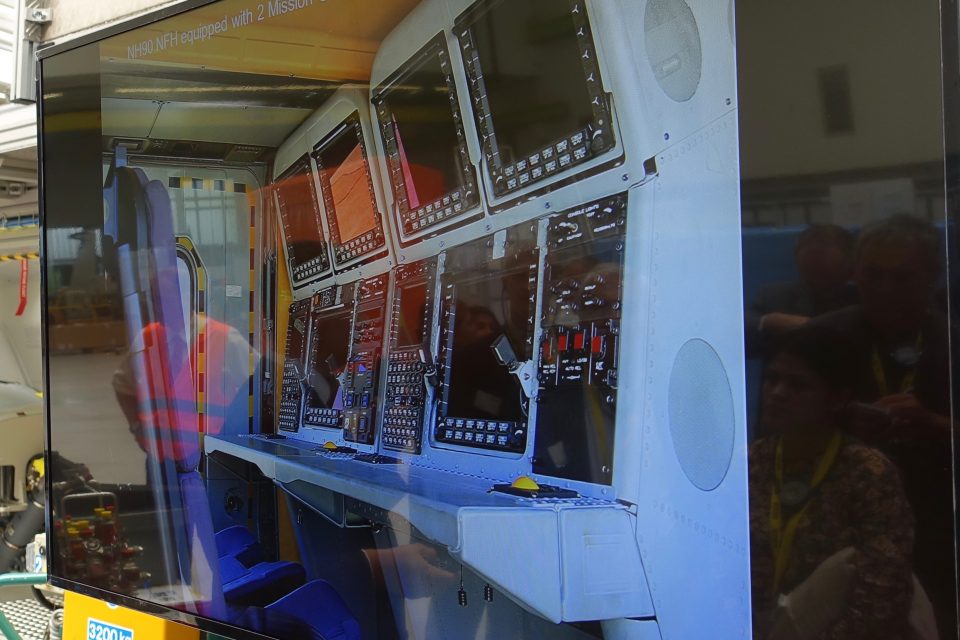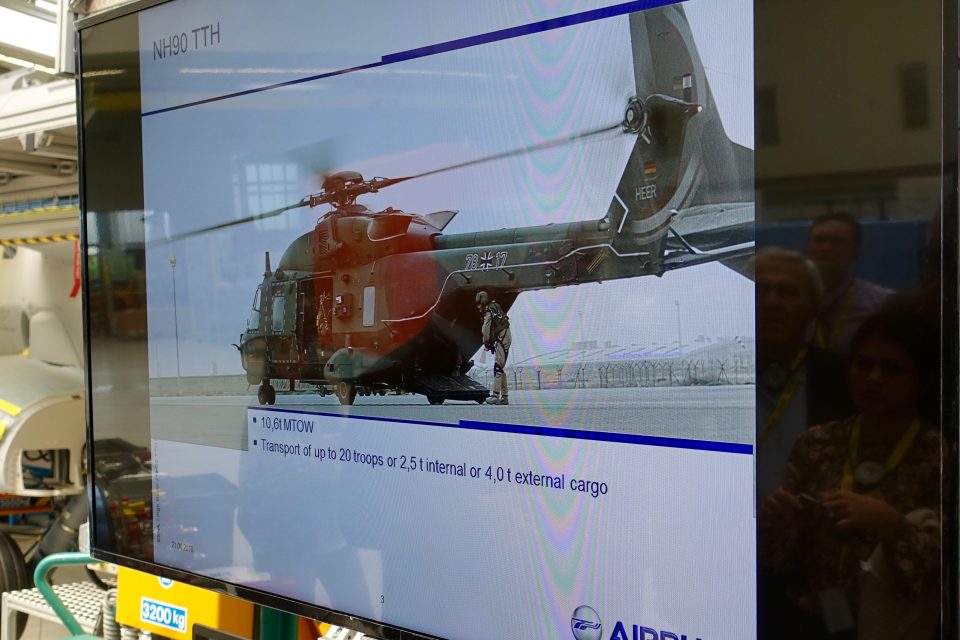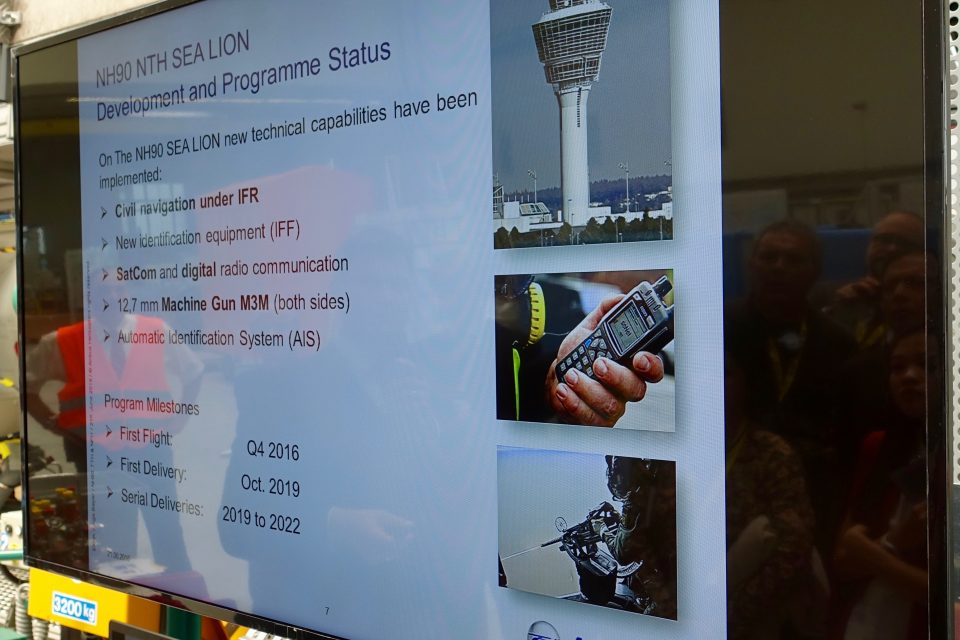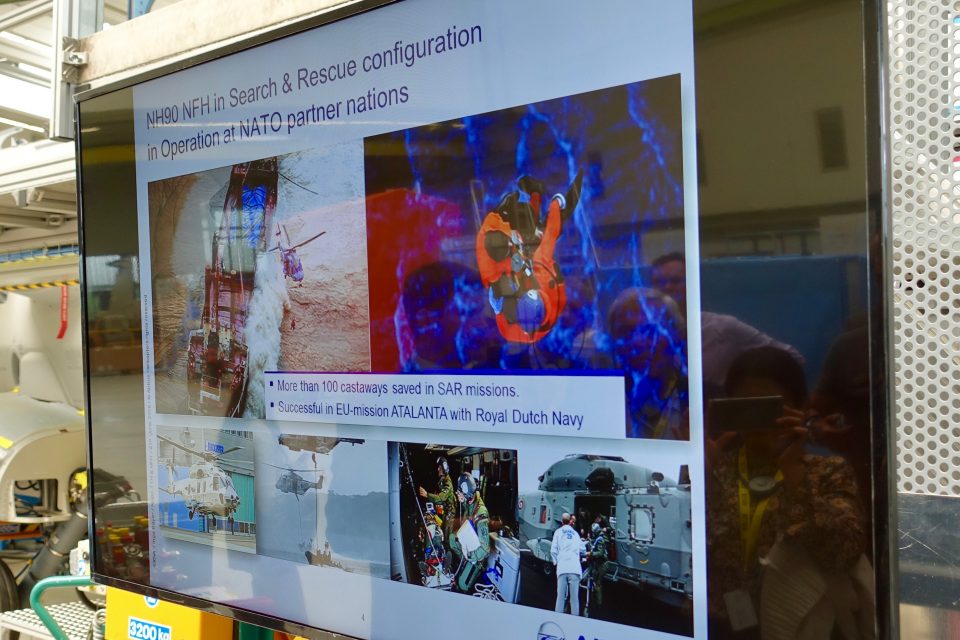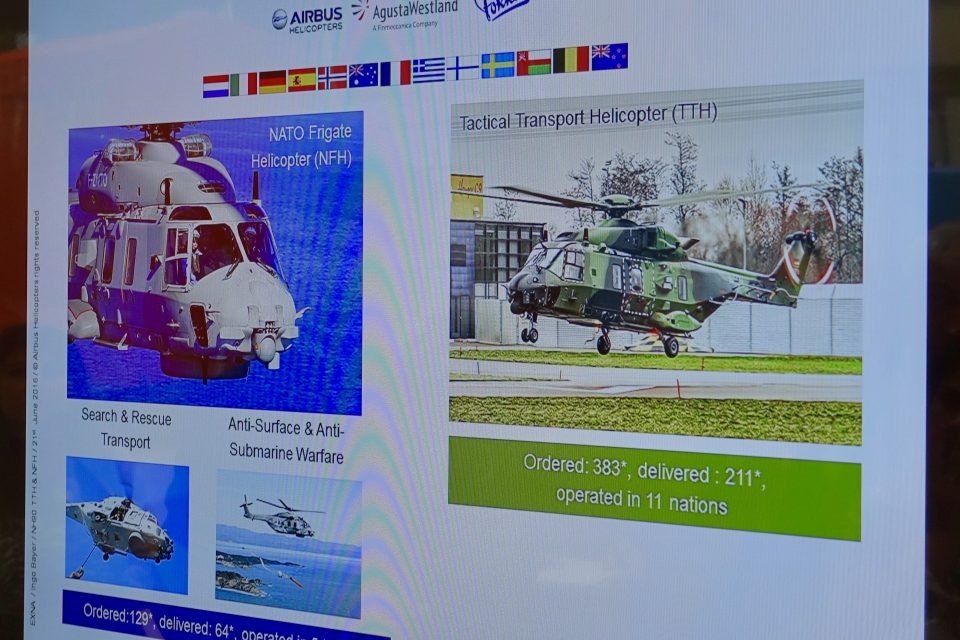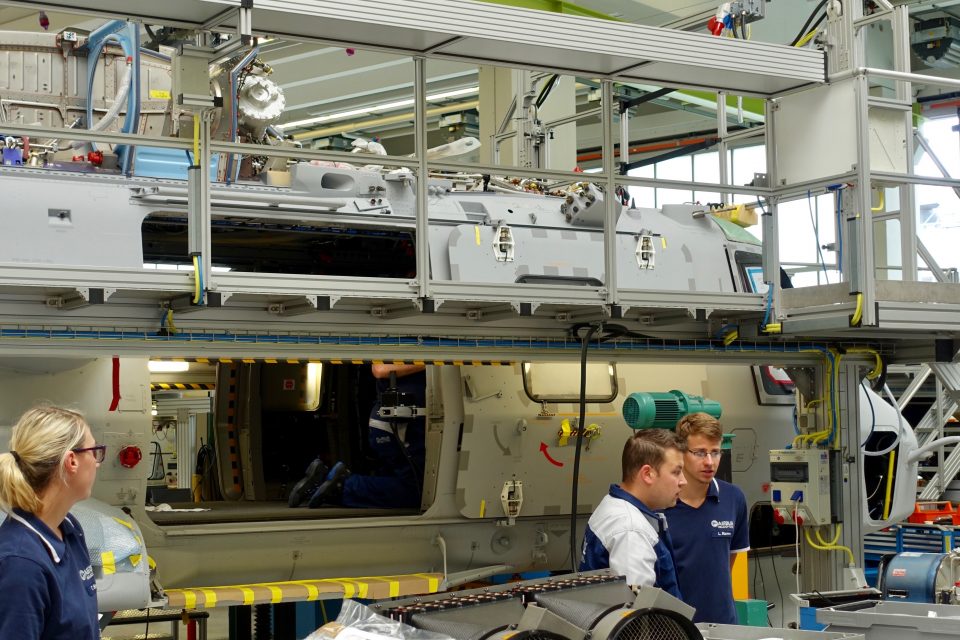2017-03-08 According to an article published by defenceWeb:
A day after taking over medical evacuation duties from the Royal Netherlands Air Force in Mali, a pair of German NH90 helicopters carried out a medical evacuation in support of the MINUSMA mission there.
The first NH90 helicopter configured for medical evacuation was flown to Bamako, Mali, on 27 January by an Antonov An-124-100, and was followed by three more NH90s and four Tiger attack helicopters. The helicopters are based in Gao in support of the UN Multidimensional Integrated Stabilisation Mission in Mali (MINUSMA).
According to the Bundeswehr, two NH90s on 2 March evacuated two civilian drivers who were wounded after an improvised explosive device (IED) attack in Anefis, 150 km north of Gao. The helicopters took off after 8:00 local time and landed back at Gao just under two hours later. The injured were attended to by MINUSMA personnel and taken to hospital.

On 19 February Dutch and German medical staff evacuated injured civilians after an attack on a civilian bus, using Dutch helicopters – the Royal Netherlands Air Force had deployed Apache attack helicopters and Chinooks to Mali but its medevac mandate expired at the end of February.
In addition to the helicopters, two C-160 Transalls are available for medical evacuation between Gao and Niamey.
Germany’s cabinet on 11 January approved the deployment of the eight attack and transport helicopters as well as 350 additional soldiers to Mali (the Bundestag or parliament approved this on 26 January). After the deployment, Germany will have some 1,000 soldiers in Mali taking part in the 15,000-strong UN mission that oversees a peace deal agreed in 2015 between the government and rebels. As of 27 February, Germany had 805 personnel deployed with MINUSMA and 145 with the EU Training Mission in Mali.
Some 100 peacekeepers have died in Mali, where France launched a military operation in 2013 to push back Islamists who a year earlier had hijacked an ethnic Tuareg uprising in the north of the country.
Germany from July 2016 took over responsibility for the intelligence unit in Mali from the Netherlands and is flying Heron I unmanned aerial vehicles (UAVs) in support of this. The first operational Heron mission took place on 1 November from Gao airport. On 1 February 2017, the United Nations was informed of the “Full Operational Capability” of the system.
Thanks to Heron I, the potential reconnaissance radius of the German MINUSMA forces increased more than tenfold, from formerly 80 to now up to 900 kilometres, the Bundeswehr said. The aircraft is fitted with optical and infrared sensors.
The deployment of the Heron I in Mali is planned initially until February 2018.
Meanwhile, the Bundeswehr late last month announced plans to erect a surveillance tower, deploy air defence radars, and acquire aerostats for its Mali mission. The 30 metre high surveillance tower will accommodate such sensors as day/night cameras and will be used to protect the German base in Gao.
Radars from the Rheinmetall MANTIS counter rocket artillery and mortar (C-RAM) system will also be deployed to warn of incoming projectiles.
The Bundeswehr also plans to acquire tethered aerostats for surveillance, but this could take several years before deliveries begin.
In addition, the European Union is shaping an approach for broader support for coordinated operations in Africa of which the German mission could be considered an integral part.
According to an article published in the EUobservor on March 6, 2017.
EU states agreed to set up a new HQ for military training missions on Monday (6 March) in what some see as the nucleus of a future European army.
The HQ, to be called a Military Planning and Conduct Capability facility, will be housed in an EU building on Avenue Cortenbergh in Brussels which already hosts EU military experts, the EU Military Staff.
It will have about 30 personnel, most of whom will be pulled in from other EU departments, and will be led by a Finnish lieutenant-general, Esa Pulkkinen, who also heads the military experts bureau.

The HQ is to start work in April and to take charge of three existing EU training missions – in the Democratic Republic of Congo, in Mali, and in Somalia – in the next few months.
A senior EU official said on Monday that the HQ would take care of the missions’ administrative and financial needs and would brief EU diplomats on what they were doing.
The official said that, under current arrangements, military commanders in the field in Mali or Somalia, for instance, had to go back and forth to Brussels to do the work.
“Now the field commander can concentrate on field issues”, the official said.
The official said the HQ would also help to coordinate the missions’ logistical, medical, legal, and communications’ needs.
The official added that the HQ might, following a review in 2018, take charge of military missions that have a combat element, such as Sophia, the EU naval operation designed to fight human smugglers in the Mediterranean Sea.
“It’s for member states to define how much more they want to do,” the official said.
The first article was republished by permission of our partner defenceWeb.
The excerpts from the second article were taken from the longer piece to be found here:
https://euobserver.com/foreign/137127
The slideshow above highlights the NH-90 at its final assembly line in Germany and the photos were shot during a visit to the FAL in June 2016 during the Airbus Defence and Space Media Day.


